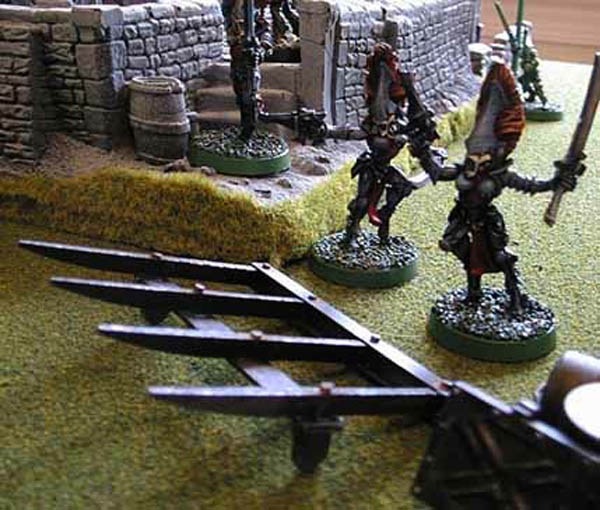The Linux-based Tsunami backdoor trojan has made its way over to the Mac, according to security firm ESET. The company posted to its blog (hat tip to Macworld) that a Mac-specific variant, OSX/Tsunami.A has made an appearance on the trojan scene, though ESET made no mention of whether it was gaining any traction among users.
ESET’s Robert Lipovsky wrote on Wednesday that the code for OSX/Tsunami.A was ported from the Linux version of the trojan that the company has been tracking since 2002. Hard-coded is a list of IRC servers and channels, which the trojan tries to connect to in order to listen for malicious commands sent from those channels.
Lipovsky published a list of the commands pulled from the Linux variant of Tsunami, but the general gist is that the trojan can open a backdoor to perform DDoS attacks, download files, or execute shell commands. Tsunami has “the ability to essentially take control of the affected machine.”
Security firm Sophos also acknowledged the appearance of the Mac-targeted Tsunami backdoor, but reminded users that there is still “far less malware [in] existence for Mac OS X than for Windows.” Still, the company says the problem is real and that users should protect themselves with anti-malware software. “We fully expect to see cybercriminals continuing to target poorly protected Mac computers in the future,” Sophos’ Graham Cluley wrote. “If the bad guys think they can make money out of infecting and compromising Macs, they will keep trying.”
Read the comments on this post
Read the article:
Tsunami backdoor trojan ported from Linux to take control of Macs too







